Best cheap classic cars 2025
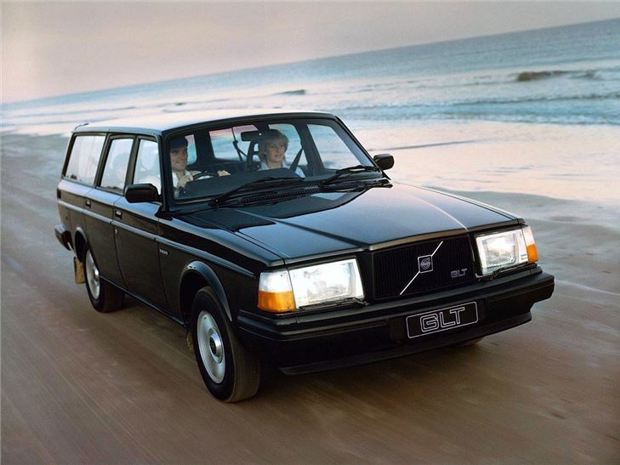
Buying a classic car might be more affordable than you think. While some of the rarest and most exotic classics command six-figure prices, you can pick up something old and interesting for as little as a grand. It might make you think twice about buying that new car you've been looking at.
Okay, you shouldn't buy a cheap classic car without doing a little homework – it could be cheap for a reason. Fortunately, this country has a large network of independent and specialist garages, so finding someone to work on your classic shouldn't be a problem. Join an owners' club or browse an online forum and you should find the answers to any questions you may have.
There are tens of thousands of classic cars to choose from, so whether you want to relive your younger days in a classic roadster or reminiscence about your childhood in a family estate, there's a car out there with your name on it.
To help you on your way, we've selected 10 of the best cheap classic cars you can buy right now. Our list includes modern classics, sports cars and family cars you can use everyday.
Best cheap classic cars
|
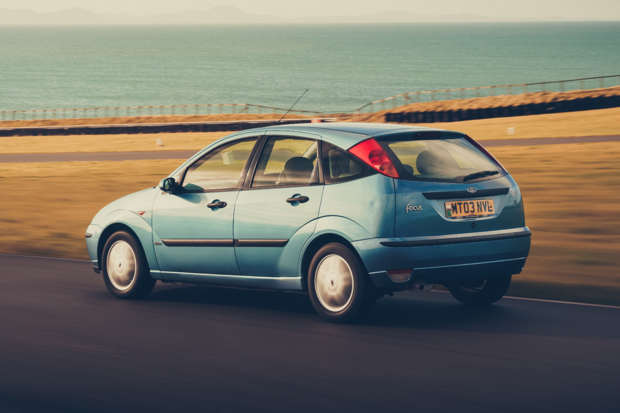
Ford Focus
You might think the Ford Focus is too modern to be considered a classic, but it’s worth remembering it was launched a quarter of a century ago. More than just a quantum leap forward from the lacklustre Ford Escort, the Focus sent shockwaves through the family hatchback sector and was convincing enough to give the Volkswagen Golf a bloody nose. Stunning ‘New Edge’ styling, a smart interior and class-leading ride and handling were the hallmarks of this terrific car. Even the 1.6-litre version is rewarding to drive, but it might be worth stretching the budget to an ST170. The original Focus is a classic in the making.
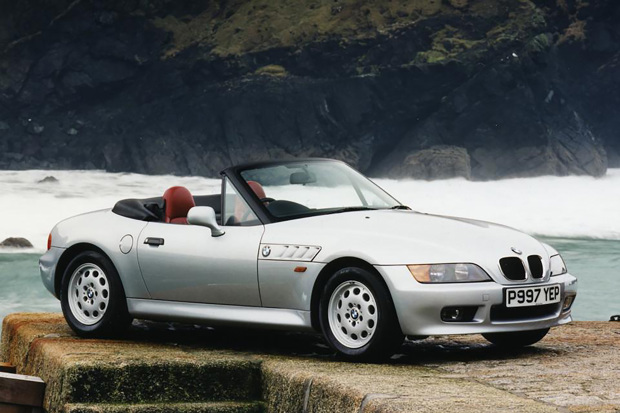
BMW Z3
Do you remember seeing the BMW Z3 in the 1995 film GoldenEye? Twenty-eight years on, it’s one of the most affordable Bond cars you can buy, and is significantly cheaper than an Aston Martin DB5 or a Lotus Esprit. It’s also a massively underrated car, often unfairly dismissed because it’s not as precise or sporty as a Porsche Boxster. Don’t let the naysayers put you off, because even the four-cylinder versions are quick enough, while the six-cylinder models are properly rapid. With prices starting from around £1500, you’ll be stirred but not shaken. Not bad for a rear-wheel-drive roadster with German build quality.

Mazda MX-5
Mazda hasn’t built a bad MX-5, but the Mk2 (1998-2005) is the cheapest of the breed. Like any MX-5, the Mk2 is susceptible to rust, so check the problem areas before parting with your cash. The earliest cars are 25 years old, which is a long time for corrosion to take hold. Early examples were fitted with a five-speed gearbox, with the six-speed transmission standard from 2001. It’s worth noting that later examples are actually more rust-prone than early cars, so buy on condition. Prices vary, with ‘parts cars’ starting from around £1000. However, a budget of £5000 is enough to secure a good one.
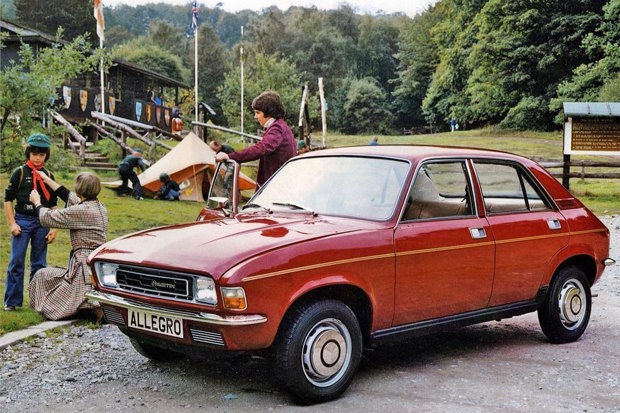
Austin Allegro
Look, stop sniggering at the back, because much like the Morris Marina, the Austin Allegro doesn't necessarily deserve its poor reputation. Yes, it had its faults and there were question marks over its reliability, but most of the survivors are in great shape and owned by enthusiasts who help to keep this misunderstood classic alive. Again, like the Marina, the Allegro improved over time, so we'd recommend buying a late one (production lasted from 1973 until 1982). Feeling posh? Buy a Vanden Plas 1500/1750. Feeling sporty? Choose the Equipe – if you can find one.
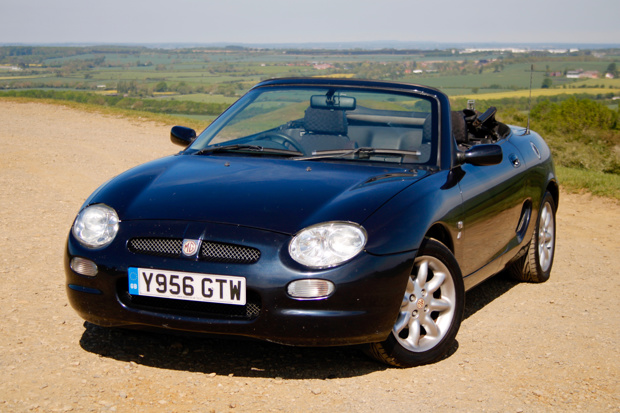
MG MGF
The MGF’s biggest crime is that it’s not a Mazda MX-5. In isolation, the MGF is an excellent sports car and one of the cheapest ways into the world of mid-engined motoring. Launched in 1995, the MGF was a spiritual successor to the phenomenally successful MGB, with power sourced from a choice of 1.8-litre engines. Its interconnected Hydragas suspension delivered brilliant roadholding, and while there are plenty of potential problems – the head gasket being one – many issues will have been ironed out by enthusiastic owners. This is a surprisingly practical roadster that you could daily-drive to work.
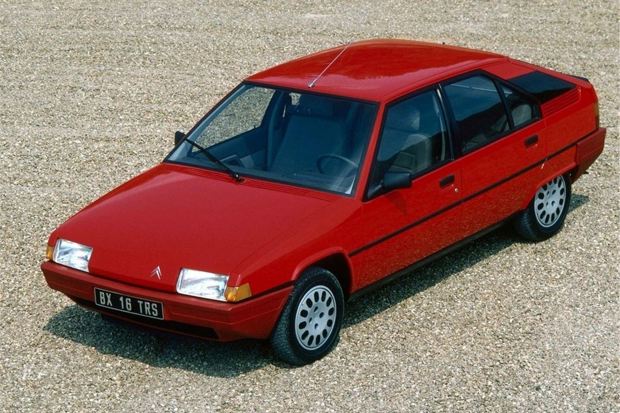
Citroen BX
Launched in 1982, the Citroen BX went on to become an incredibly successful car in the UK, helped in part by the arrival of a diesel variant, which made it one of the darlings of the fleet sector. Thanks to idiosyncratic styling by Marcello Gandini – yes, he of Lamborghini Countach fame – the BX looked more interesting than its family car rivals, while the hydropneumatic suspension delivered a 'magic carpet' ride. Find a specialist who loves a BX as much as you do and enjoy a modern classic you can use everyday.

Alfa Romeo GTV and Spider
The Alfa Romeo Type 916, commonly known as the GTV and Spider, arrived in 1995. Like the Fiat Coupe, it was based on the platform of the Fiat Tipo, initially with a choice of 2.0-litre Twin Spark and 3.0-litre Busso V6 engines. Naturally, you’ll lean towards the V6 and its glorious soundtrack, but the 2.0-litre version is nicer to drive and cheaper to run. In all cases, survivors are getting thin on the ground, with owners put off by complex and costly repairs. This may explain why prices remain affordable, but we can’t see this lasting forever.

Rover 75
The Rover 75 is one of the bargains of the classic car world, with prices starting from around £1000. As the first and only Rover to be developed wholly under BMW ownership, it has secured a chapter in the Big Book of British Motoring History. This was an achingly good car that stands up to close scrutiny, even two decades on from its launch. We’d avoid the 1.8-litre petrol, but that’s fine because the 2.0-litre and 2.5-litre engines are so good. Better still, opt for the BMW-sourced 2.0-litre diesel, which offers a terrific blend of economy and durability. Found a 75 V8 within budget? Buy it!
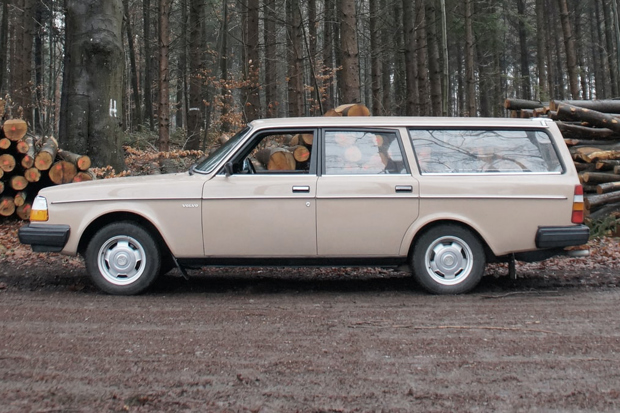
Volvo 240
The Volvo 240 is probably the ultimate daily classic. Launched in 1974, a total of 2,862,573 had been built before production stopped in 1993, and its enduring popularity means that there are still plenty of cars still in active service. Over the years, the 240 estate (known as the 245 until 1983) has developed a reputation for tank-like robustness and unwavering reliability, with the engines capable of hitting intergalactic mileages. Find one with the optional rear-facing third row of seats for an affordable alternative to a modern seven-seater.
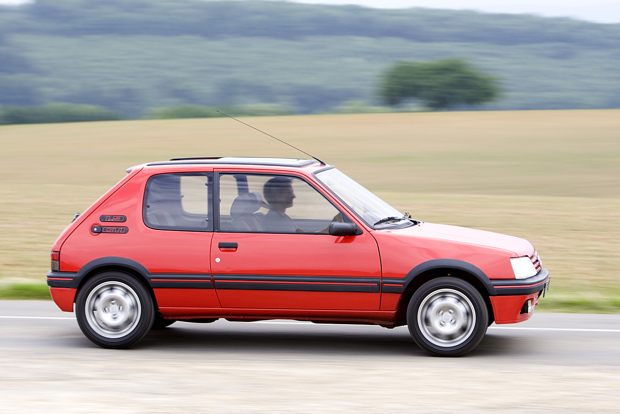
Peugeot 205
While the hot hatch GTI hogs the limelight, the common-or-garden Peugeot 205 has been left to its own devices. Use this to your advantage, because you can buy a regular 205 for around a grand, which is crazy for a small hatchback as iconic and beautiful as this. The three-door model is the most alluring, but the five-door 205 is still a practical hatchback that’s dripping in retro French cool. Buy a diesel and you’ll enjoy excellent fuel economy and a feeling that the car will run forever. Well, until it’s no longer socially acceptable to drive a diesel car.
Where’s the best place to buy a cheap classic car?
You’re unlikely to find a cheap classic car on an auction website, because you’ll almost certainly be outbid by a fellow enthusiast. That said, there are still bargains to be found on eBay, especially if the car has been listed incorrectly. We’d recommend Facebook Marketplace, because while you’ll have to sift through a lot of bangers, there are plenty of bargains to be found. Also look out for signs on shop noticeboards or ads in the local newspaper.
Can I drive a cheap classic car to work?
There’s nothing to stop you driving a classic car to work, but check that your insurance policy includes business use and commuting. If you’re mixing it with modern traffic, it’s worth remembering that classic cars lack the active and passive safety systems we take for granted today. For the best balance, choose a car from the 1990s, as these tend to be well built and should come with the likes of ABS brakes and airbags.
Should I buy a cheap classic car as an investment?
You might be thinking a cheap classic car is a passport to riches. Sadly, this isn’t necessarily so. There’s no saying if or when the current price bubble will burst, so we’d advise buying a classic because you want to own and run it. You may be able to get your money back if the car has been looked after during your ownership, but a profit is far from guaranteed. Don’t forget the cost of upkeep, which can be unpredictable as the ravages of time on your pride and joy become apparent.
How do I find the best insurance for my classic car?

